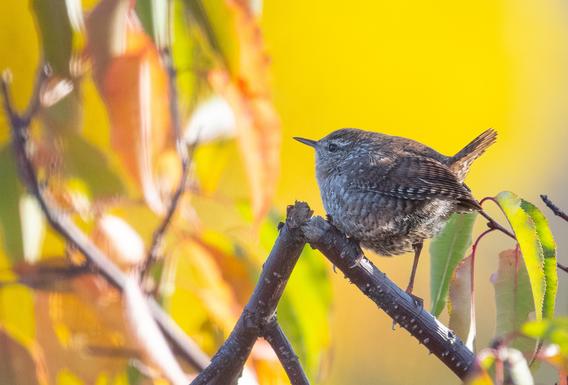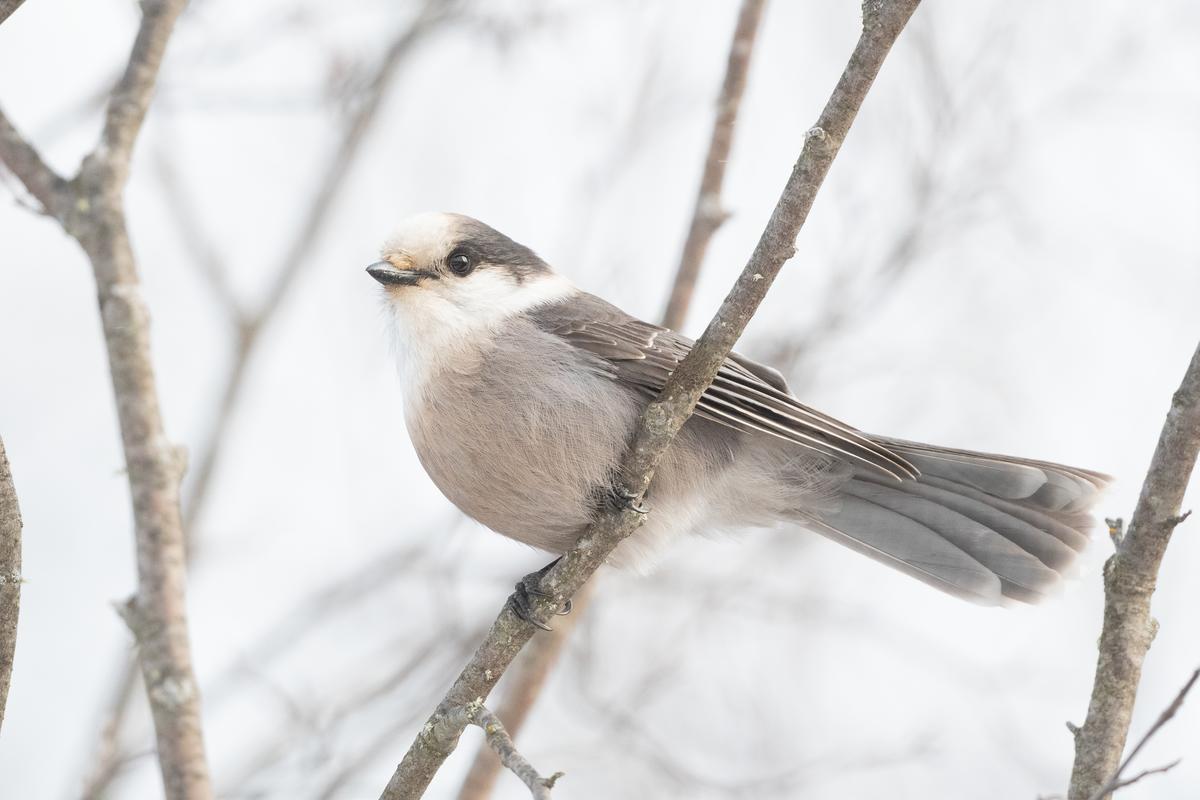One potential benefit for these species is the milder conditions that can lead to increased foraging success and reduced energy demands related to staying warm. The warmer winter weather could also contribute to better winter survival rates that may result in higher reproductive success during the breeding.
For example, the Minnesota Breeding Bird Survey shows the overall population trends of resident bird species such as Black-capped Chickadee, Red-breasted Nuthatch, and Common Raven have increased in Minnesota in recent decades. This could be due, in part, to birds having a better body condition as they enter the breeding season.
Warmer winters also have allowed species that are generally considered “less hardy” such as Northern Cardinal, Red-bellied Woodpecker, Tufted Titmouse, and Carolina Wren, to survive farther north in recent decades.

On the flip side, warm winter weather may pose challenges for these species. Resident birds in northern latitudes are adapted to cope with colder temperatures, and warmer winters may disrupt their natural behaviors.
For example, the Canada Jay and Boreal Chickadee, known for caching food during colder months, may face difficulties in preserving cached food if temperatures fluctuate and lead to thawing. Populations of both of these species are declining in Minnesota.
Additionally, the altered winter ecology may affect the timing of breeding activities, potentially impacting reproductive success. Irregular and unpredictable late-winter and spring storms are becoming more frequent, and these pose risks for short-distance migrants that have already arrived back to their breeding grounds and then find themselves unable to find food due to freak snow or ice storms.
Populations of familiar short-distance migrants such as Winter Wren, Hermit Thrush, Eastern Bluebird, and Brown Creeper show recent, significant population declines, for example. Earlier springs may also create a mismatch in seasonal cycles. So, migrant bird species that typically time their arrival and subsequent breeding to leaf-out time and peak insect abundance arrive too late and, as a result, have fewer resources to raise their young.
Overall, while some benefits may arise from a milder winter, the potential negative impacts on behavioral patterns and ecological interactions underscore the complex relationship between resident bird species and changing climatic conditions in northern latitudes.
PHOTO TOP: Canada Jay (Credit: Steve Kolbe)
